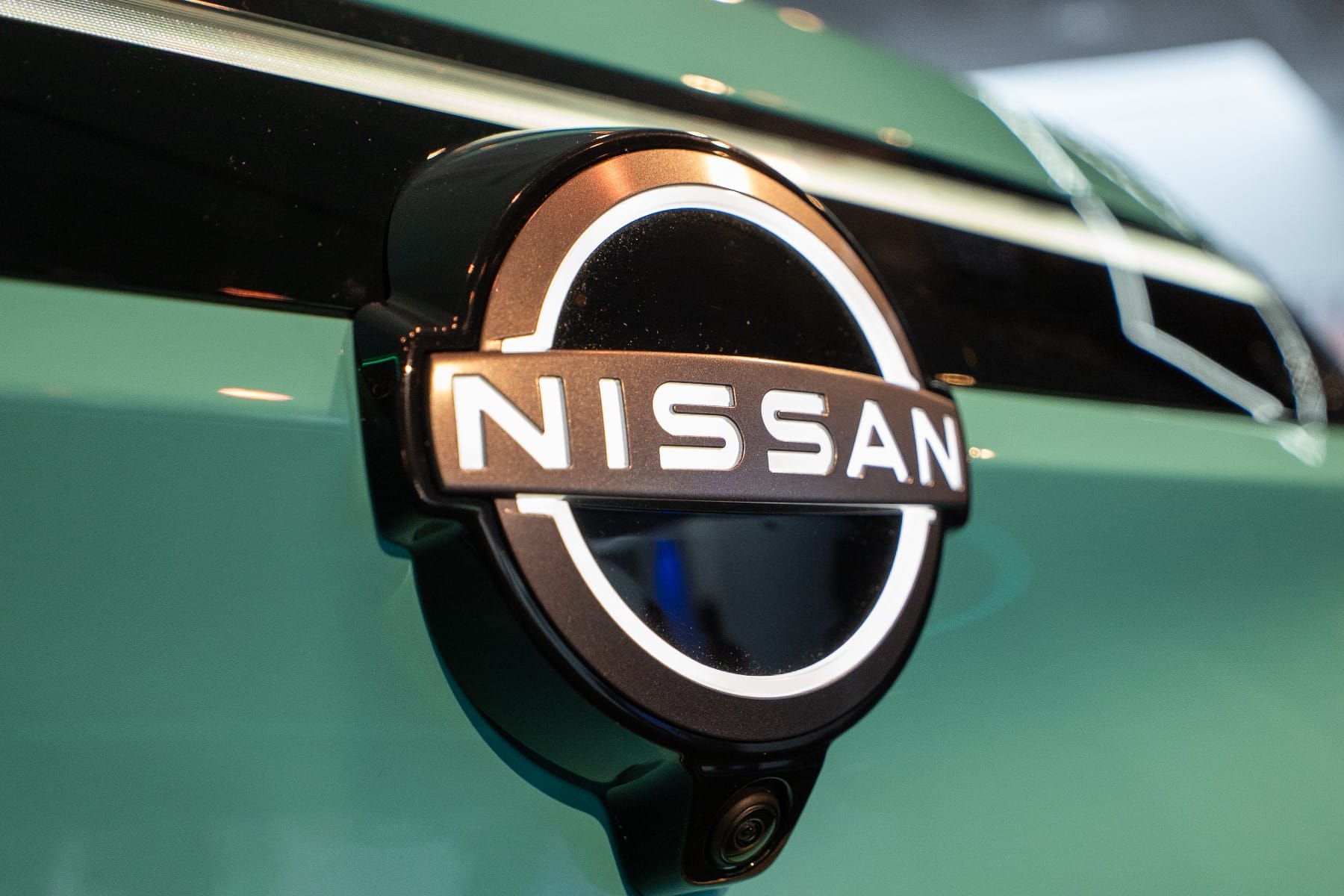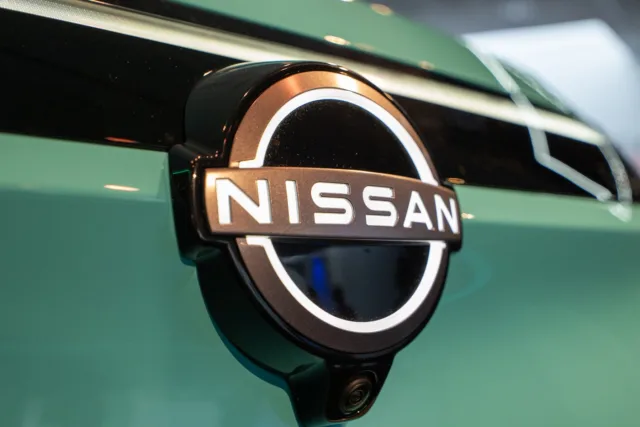
The pool for Nissan and BYD applies to the year 2025, so not to the entire period from 2025 to 2027, during which the current targets apply. As part of its own strategic dialogue on the future of the automotive industry, the European Commission had somewhat relaxed the regulations for 2025-27: The CO2 targets for each manufacturer do not have to be achieved year after year, but only on average over the entire period. A poorer performance in 2025 would therefore not immediately result in penalties, but could still be offset by better figures in 2026 and 2027.
Car manufacturers have until the end of this year to form pools that will apply to sales in 2025. It is therefore possible that further agreements of this kind will be announced in the next two months, but some pools formed earlier this year – Mercedes-Benz is joining forces with Smart, Volvo Cars and Polestar, while Stellantis, Ford, Mazda and Subaru are offsetting their CO2 values with those of Tesla. Car manufacturers that cannot achieve their CO2 fleet targets on their own are joining forces with a manufacturer that sells many clean vehicles and thus significantly undercuts the CO2 target. On paper, the ‘joint’ fleet then remains below the target value – and no penalties are payable.
The previous Renault-Nissan pool expired in 2024
A Nissan spokesperson informed Automotive News Europe by email that the previous pooling agreement with Renault had expired at the end of 2024, as was presumably the case with most such agreements, which were all designed to run until 2024. ‘After a thorough evaluation of potential pooling partners, BYD was chosen due to the availability of credits and overall competitiveness,’ the spokesperson said.
BYD only sells electric cars and plug-in hybrids, both in Europe and worldwide. This makes the Chinese manufacturer an attractive partner for a CO2 pool, with a low CO2 fleet value on paper. Nissan, on the other hand, was the manufacturer with the largest difference between its current CO2 emissions and its 2025 target in the first half of 2025 – so large that it was considered unlikely that the Japanese would be able to achieve this on their own. Although CO2 fleet values can also be reduced with more efficient combustion engines, the biggest lever is the sale of electric cars. Nissan currently only offers the Ariya in the passenger car segment, plus a few light commercial vehicles. According to Dataforce, Nissan had sold 11,747 Ariyas in Europe by the end of August 2025. The new Leaf and the electric Micra will not be launched until 2026, so they will not be able to reduce Nissan’s CO2 fleet emissions this year.
By the end of August, Nissan had sold a total of 199,000 cars in Europe, 13,103 of which were electric – the difference between this figure and the Ariya figures is accounted for by light commercial vehicles. This gives the Japanese manufacturer an electric share of 6.5 per cent – too little to offset its own combustion engines. BYD, on the other hand, sold 95,473 vehicles in Europe during the same period, around 60 per cent of which were BEVs and 40 per cent PHEVs.
A spokesperson for the Renault Group stated that Renault currently has no plans to enter into a pooling agreement. In an ICCT analysis of the figures for the first half of the year, Renault was still above its own CO2 target, but not nearly as far above as Nissan. The French company, therefore, apparently believes that they can still achieve the target on their own – for example, with electric car offers towards the end of the year to provide a (targeted) sales boost. However, automotive analyst Matthias Schmidt believes that “Renault’s emission reserves will not be sufficient this time to carry Nissan’s emission burden.” A Renault-Nissan pool would therefore have missed its targets in 2025, which is why Nissan had to change partners.
Volkswagen, Hyundai, Kia and BMW have also not yet announced any pool partners for 2025. BMW will almost certainly achieve the targets on its own, while Hyundai and Kia (which are currently operating separately in this regard) are at least within reach of the targets.
The EU documents also show that the Korean brand KG Mobility (formerly Ssangyong) has entered into a CO2 pool with the Chinese electric car manufacturer Xpeng. Xpeng only has pure electric cars in its range, so it can provide some compensation despite its relatively low production volumes. KG Mobility also offers electric cars – here is our test drive report on the Torres EVX – but apparently believes that it still needs a pool partner to achieve its targets due to its combustion engine sales.
autonews.com (Paywall), schmidtmatthias.de (in German)
This article was first published by Sebastian Schaal for electrive’s German edition.








